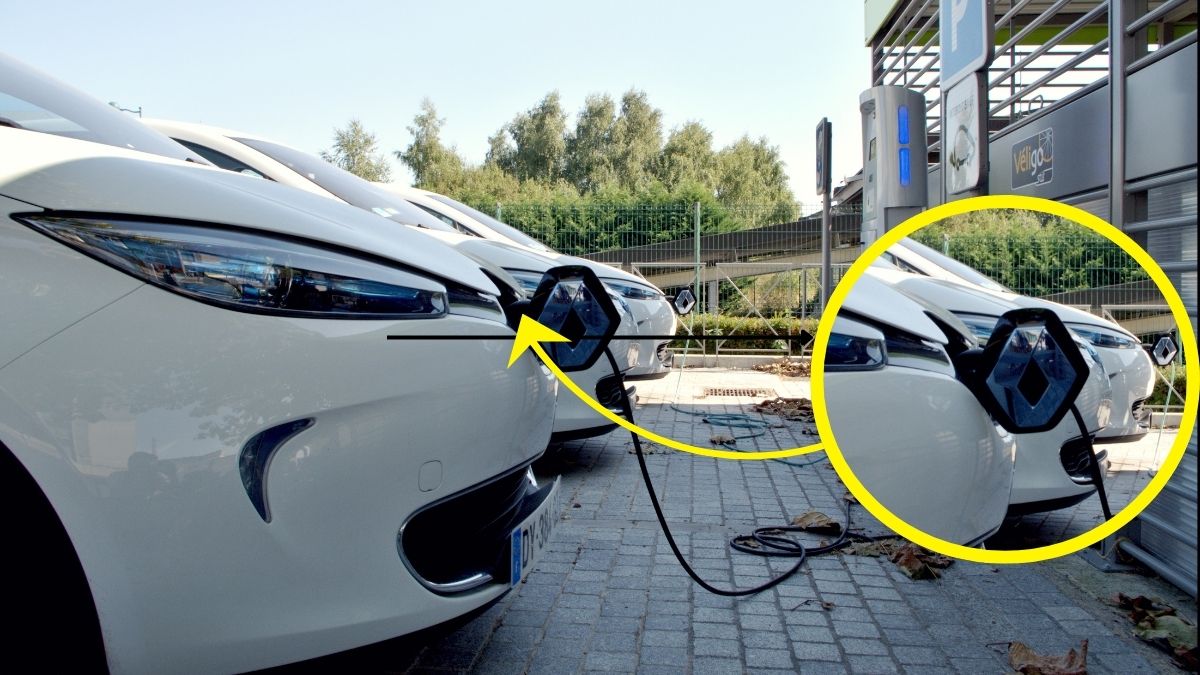Cars have always been more than just machines—they’ve shown how creative people can be. Over the years, some car designs, known as concept cars, looked ahead to the future. These cars weren’t just made to look cool—they were bold ideas, tests, and sometimes even accurate guesses about where car design was heading. For people who love new ideas and smart design, these five classic “future cars” show how we imagined the future of driving—and how some of those ideas actually came true.
1. The General Motors Le Sabre (1951): A Car from the Jet Age

Designed by the famous Harley Earl, the GM Le Sabre looked more like a jet than a regular car. It came out after World War II, during a time when people were excited about the future and fascinated by airplanes. With its curved windshield (which was way ahead of its time), large tail fins, and jet-style front grille, it captured that futuristic vibe. But the Le Sabre wasn’t just about looks—it also introduced new features like a 12-volt electrical system (which later became standard), heated seats, and even a convertible roof that closed automatically when it rained. Even though gas turbine cars didn’t become common, the Le Sabre’s bold design and high-tech features influenced car design for years. It showed that cars could be more than just a way to get around—they could also be exciting, stylish, and packed with innovation.
2. The Lincoln Futura (1955): From a Show Car to a Pop Culture Legend

The Lincoln Futura was one of the most eye-catching concept cars of the 1950s. Designed by Bill Schmidt and built by Ghia, it looked wild and futuristic with its huge size, bubble-shaped roof, and big double tailfins—like something from outer space. At first, it wowed crowds at car shows, but its real fame came later when it was turned into the Batmobile for the 1960s Batman TV show. That role made it a cultural icon. Even outside of Hollywood, the Futura helped shape car trends, like the rise of wide, panoramic windshields and the bold, flashy designs of the ‘50s. It showed that a concept car could be more than just a design experiment—it could become a symbol of the hopes, dreams, and creativity of its time.
3. The Alfa Romeo B.A.T. Series (1953–1955): Where Art Met Aerodynamics

Designed by Franco Scaglione at Bertone, the Alfa Romeo B.A.T. cars (B.A.T. 5, 7, and 9) offered a very different take on the future of cars. Instead of flashy, jet-inspired looks, these Italian concept cars focused on aerodynamics—how smoothly a car can move through air. With their curvy bodies, sculpted fenders, and big rear fins, they looked unusual and futuristic. But these shapes weren’t just for style—they were carefully designed to reduce wind resistance and improve stability. At a time when no one talked much about drag or fuel efficiency, the B.A.T. cars were ahead of the game. They showed that car design could be both beautiful and functional, and they helped inspire the sleek, efficient shapes we see in modern cars today.
4. The Lancia Stratos HF Zero (1970): The Start of the Wedge-Shaped Era

As car design moved from the smooth curves of the 1960s to sharper, more angular shapes in the 1970s, the Lancia Stratos HF Zero stood out like no other. Designed by Marcello Gandini at Bertone, this car looked like something from the future. It was incredibly low—just 84 centimeters tall—and had a sharp, dart-like shape. Instead of doors, you got in through the front windshield, which flipped open. It wasn’t just built to grab attention; it actually worked as a real car. The Zero’s bold design helped shape the famous Lancia Stratos rally car and inspired many supercars that followed. It proved that cars could look wild and futuristic while still being functional, changing the way people thought about design and performance.
5. The Mercedes-Benz C111 (1969–1979): A Car Built for Innovation

The Mercedes-Benz C111 wasn’t just one car—it was a series of experimental cars built in the late 1960s and 1970s to test new ideas. These eye-catching cars with gull-wing doors looked cool, but their real purpose was to explore what cars could do. At first, they used unusual Wankel rotary engines, and later tested powerful diesel and turbocharged engines. Mercedes used the C111 to try out things like better aerodynamics, new lightweight materials like fiberglass, and advanced safety features. These cars even broke speed records, showing what future technology could achieve. Although they were never meant for regular sale, the C111 helped shape the future of car design and engineering. It was proof that cars could be more than just vehicles—they could be tools for testing bold new ideas in performance, safety, and technology.
These five cars weren’t just made to look cool or sit in museums—they were way ahead of their time. Each one shows how creative and innovative people can be when it comes to designing the future of driving. They remind us that the future of cars isn’t just about where we’re going, but about the bold ideas and smart thinking that get us there.

